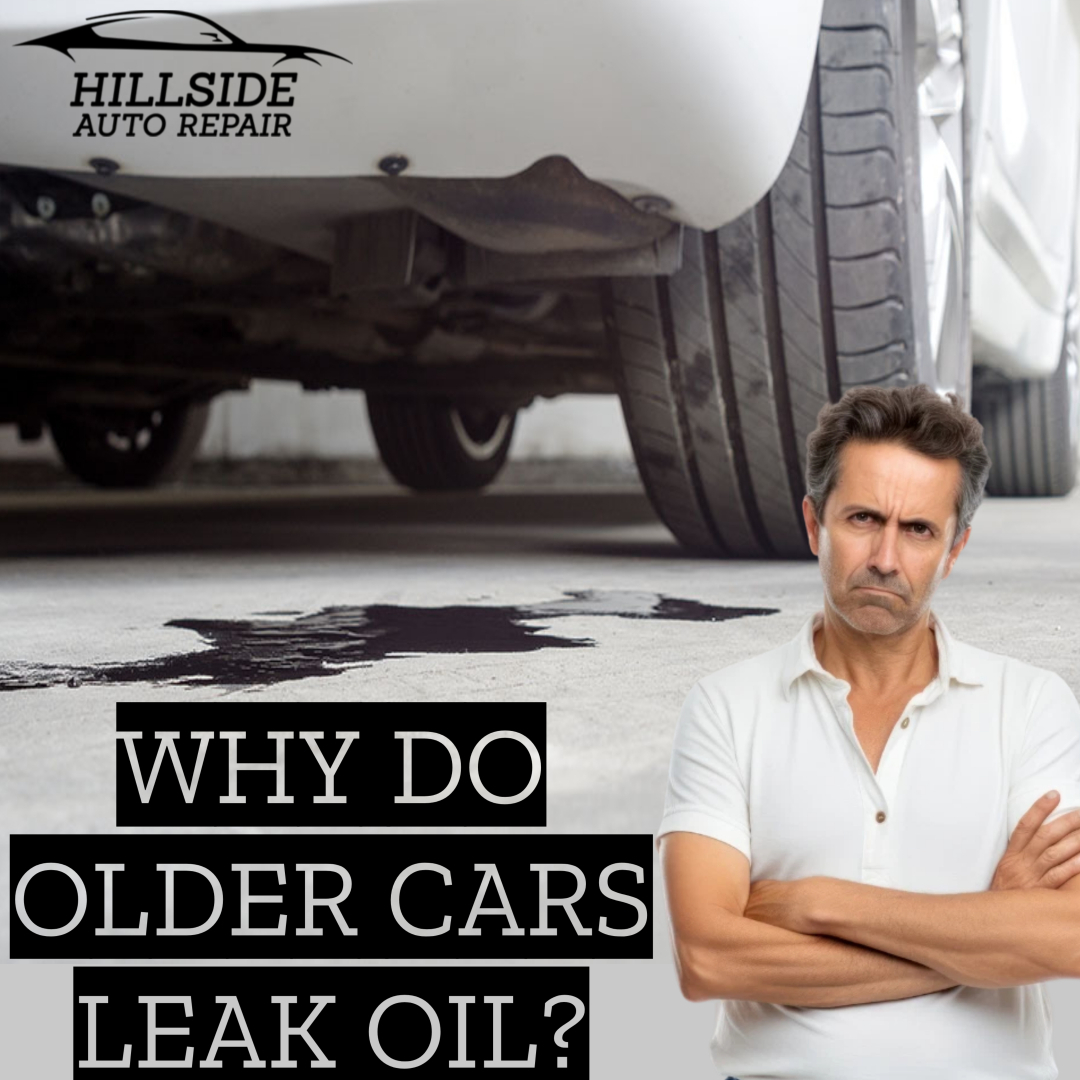
If you’ve ever parked your car in your driveway only to spot a faint blue haze trailing from the exhaust or found yourself constantly topping off the oil between changes, you’ve experienced the mystery of oil consumption firsthand. It’s a common frustration: why do some cars, like certain Hondas or Toyotas, seem to run for 200,000 miles without needing a drop between changes, while others, like some European performance brands, seem to treat oil like a consumable fluid?
The answer isn't simple negligence. Often, the root cause is buried deep within the engine's design and something known as manufacturer tolerances.
The Tightrope Walk: Engineering Tolerances Explained
Think of engine manufacturing as a high-precision ballet. Pistons slide up and down inside cylinders thousands of times a minute. To prevent them from welding themselves to the cylinder walls, they rely on a thin film of oil and a set of rings that scrape most of it back down. The tiny gap between the piston rings and the cylinder wall is a critical engineering tolerance.
- Tighter Tolerances: Brands like Honda and Toyota often prioritize longevity and low maintenance. Their engines are typically built with very tight clearances. This means less room for oil to sneak past the piston rings and into the combustion chamber to be burned away. The result? Minimal oil consumption over thousands of miles.
- Performance-Oriented Tolerances: This is where brands like BMW, Audi, and sometimes Cadillac enter the picture. High-performance engines are built for power and efficiency. This can mean slightly different piston ring designs or marginally wider tolerances to account for immense heat and rapid expansion of metal components. While this boosts horsepower, it can also allow a small, "acceptable" amount of oil to pass through and burn. Many manufacturers even state in the owner's manual that burning a quart every 1,000-1,500 miles is within spec.
The Usual Suspects: Brands and Their Quirks
This divide in philosophy explains a lot of what we see on the lifts at Hillside Auto Repair:
- European Performance (BMW, Audi, Volvo): Known for turbocharged engines that generate extreme heat, stressing oil and seals. Many models from the late 2000s/early 2010s are notorious for consuming oil due to specific piston ring designs.
- Domestic Variations (Chrysler, Ford, Chevy): It’s a mixed bag. Some Chevy V8s are famously bulletproof, while certain Chrysler or Ford EcoBoost engines may have higher consumption, especially if maintenance intervals are stretched.
- The Japanese Standards (Honda, Toyota): While not immune (some older Honda V6s had issues), they are generally the benchmark for low oil consumption due to their conservative and reliable engineering.
Age: The Great Equalizer of Oil Leaks and Burning
Here’s the kicker for drivers in O'Fallon: even if your car was built with tight tolerances, time is undefeated. As your vehicle ages and clocks more miles on our Missouri roads, two things happen:
- Internal Wear: Piston rings and cylinder walls slowly wear down. Those once-tight clearances become wider, allowing more oil to seep past and burn. This is why a high-mileage car almost always uses more oil than it did when it was new.
- External Leaks: Engine seals and gaskets—made of rubber and silicone—dry out, harden, and crack from constant heat cycles. This is when you start seeing oil spots on your garage floor. A Valve Cover Gasket leak is common on older BMWs and Audis, while a Rear Main Seal leak can plague high-mileage trucks and Chevy SUVs. Often, a car is both burning oil internally and leaking it externally, creating a double-whammy for your oil level.
Don't Just Add Oil, Diagnose the Cause
Topping off the oil is a temporary fix. Chronic consumption or leaking is a symptom of a larger issue. Ignoring it can lead to catalytic converter failure (a very expensive repair), engine sludge, or even catastrophic engine damage.
This is where a precise diagnosis is critical. Is it worn piston rings? Leaking valve stem seals? A faulty PCV valve? Figuring out the exact cause requires expertise and the right tools.
Hillside Auto Repair: Your Solution for Oil Issues
At Hillside Auto Repair, we understand that your daily drive to Fort Zumwalt or across the I-64 bridge shouldn't be shrouded in a blue cloud. Our technicians are equipped with the latest diagnostic tools and factory-level scan tools, the same equipment you’d find at a dealership—to accurately pinpoint the source of your oil loss.
Whether it’s a simple fix like replacing a PCV valve or a more involved repair like resealing a leaky engine, we have the expertise to handle it. And we back all our work with a 3-Year/36,000-Mile Warranty, giving you peace of mind that the repair is done right and built to last.
So, before you buy another case of oil by the bulk, let us give you a definitive answer and a real solution.